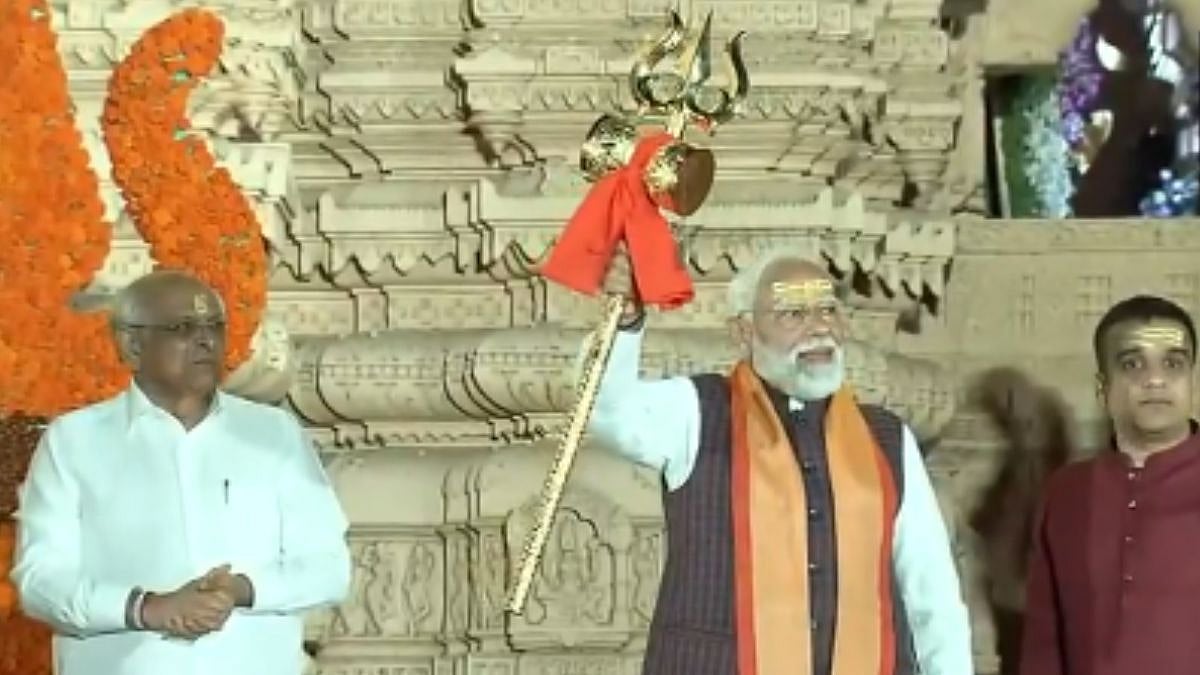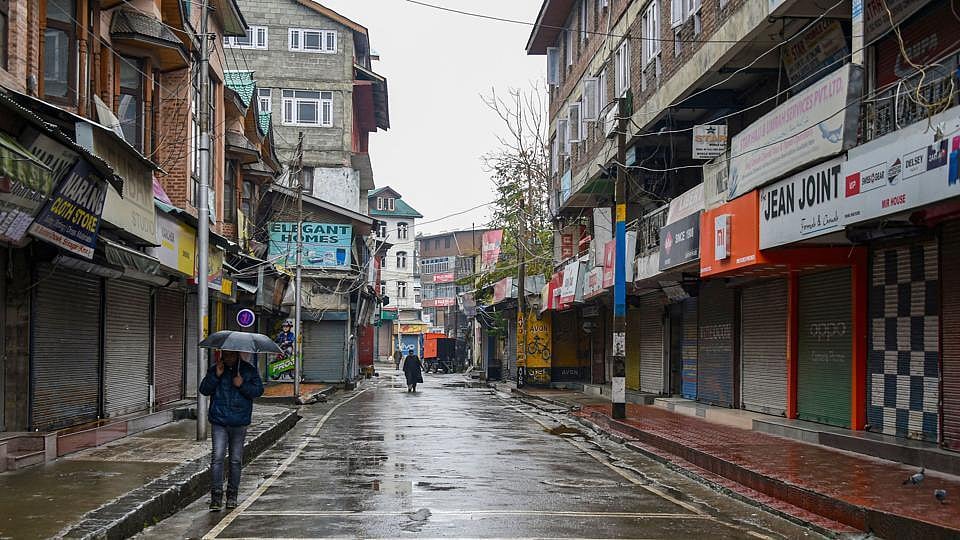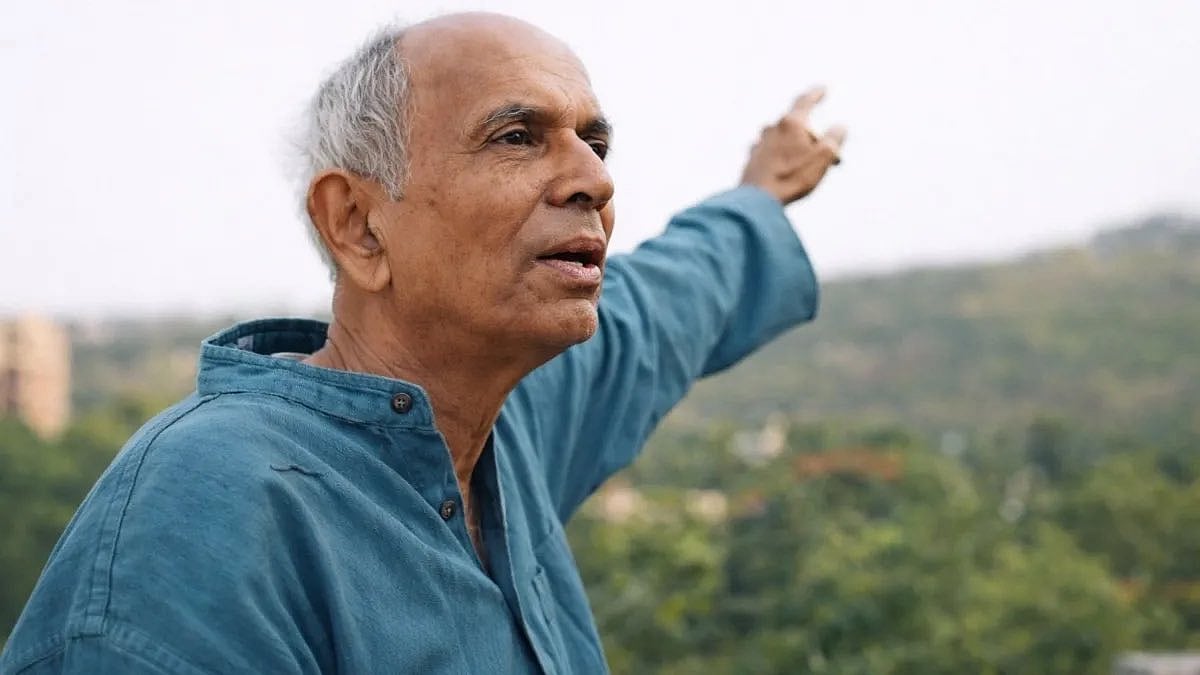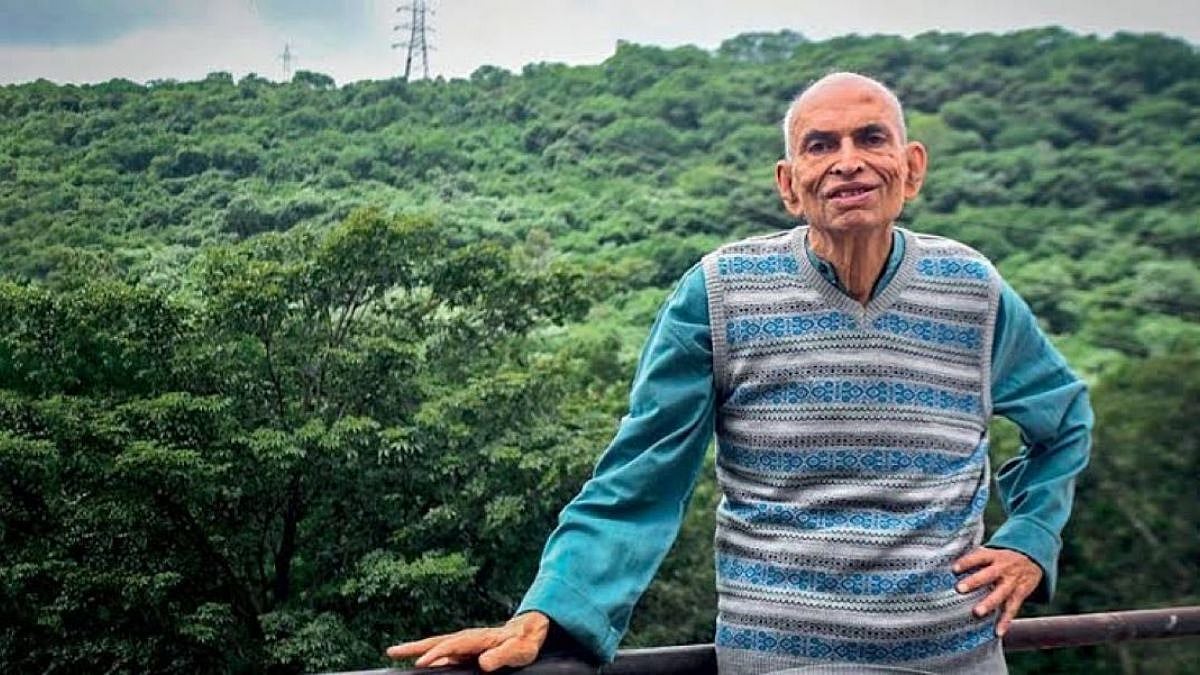Stray cattle have become a source of distress for farmers, to the point where they are cited as the most serious ‘pest control’ issue in rural India: worse than nilgai, monkeys, wild boar and rodents, reports say. In parts of rural India, the burgeoning problem has become a political issue and is expected to cost the BJP a big chunk of the farmers’ votes.
It is not as if the stray animal problem is new. Dogs, monkeys and stray cattle are an integral feature of the urban landscape, while in rural areas, farmers have always suffered the relentless depredations of nilgai, monkeys and wild boars. However, in recent years, human-animal conflict has increased.
Packs of feral dogs and troops of aggressive monkeys terrorizing unwary passers-by is now an everyday problem. Stray cattle, according to reports, are also turning pugnacious. The problem is obviously one of increasing numbers. Unlike the West, where strays are captured and “put to sleep” unless claimed or adopted within a specified time period, there is no mechanism in India for dealing with strays: canine, simian, porcine or bovine.
From time to time, state governments have permitted culling of nilgai, wild boars and monkeys, but they ran foul of animal lovers. For example, Kerala had allowed culling of stray dogs but was forced to withdraw the order. As a result, government agencies have more or less given up efforts at animal control.
Culling of cows is not permitted, nor has it been for decades (except in West Bengal, Kerala and the North-East). So why has it suddenly become such a serious issue in rural India? Farmers, we are told, are letting their cattle go free en masse because they cannot afford to maintain them. The numbers of “free” cattle have gone up exponentially and they are now threatening rural livelihoods by laying waste to crops.
Either there has been a sudden onset of poverty among farmers, or cows have become utterly uneconomic overnight. Let us consider the case of Uttar Pradesh. Slaughter of cows and calves and of bulls and bullocks aged less than 15 years, as well as their transport for slaughter and sale of beef, have all been banned since 1955, which explains the increas-ing popularity of buffaloes (in states where they do not enjoy protection).
There is no ban on sale of cows for purposes other than slaughter. (The central government’s controversial 2017 order reiterated the ban on sale of cows and calves, but also extended it to buffaloes, bullocks, bulls and camels and to states where beef is permitted. The order was withdrawn in 2018.) A farmer is free to sell his cows, but it follows that dry cows, weak bullocks or bulls unfit for breeding cannot be sold, because no one will buy them for reasons other than slaughter.
The farmer is stuck with uneconomic cattle, but one might argue that this has always been the case. He can turn a profit by breeding prime cattle for sale, but few farmers have the bandwidth to do so. The inescapable conclusion is that both the legal and illegal sale of cows, calves, bulls and bullocks have come to a grinding halt, resulting in hordes of stray cattle.
There is also no doubt that extra-constitutional cow vigilantes and their blatantly illegal activities – albeit state-sponsored – have discouraged farmers from even legitimate sales. To allay their fears, the cow slaughter ban must be enforced by the state alone. State governments must not only stop enabling gau-rakshaks but take stringent and exemplary action against them.
The investigation into the murders of Pehlu Khan and Mohammad Akhlaq must be reopened and their killers brought to book, so as to send out a categorical message to these so-called gaurakshaks. The crackdown on illegal slaughter-houses, transport and sale of cows must be matched by equal diligence vis-a-vis cow vigilantes.
The question is whether facilitating legal sale (while stopping illegal sale) of cows will resolve the problem. Judging from reports, farmers simply cannot support uneconomic cattle and if they cannot sell them legally, have no option but to turn them loose.
Is cow-rearing only profitable if it is a meat-and-milk operation? Or can the manifold applications of cow products, such as dung and urine, enable sustainability? Since it is not possible to revisit the constitutionally-mandated ban on cow slaughter, the government must explore the latter option. Models like cow hostels, cow-cooperatives, pinjrapoles and gaushalas have been attempted, but largely on the basis of subsidies or donations. If they are to be successful, they must be run as social enterprises, with minimal dependence on outside support.
Bhavdeep KAng is a senior journalist with 35 years of experience in working with major newspapers and magazines. She is now an independent writer and author.









